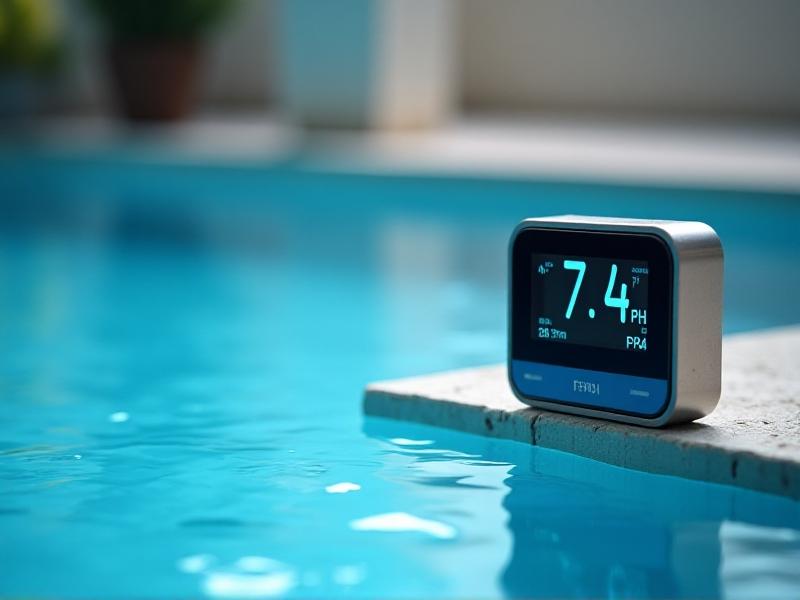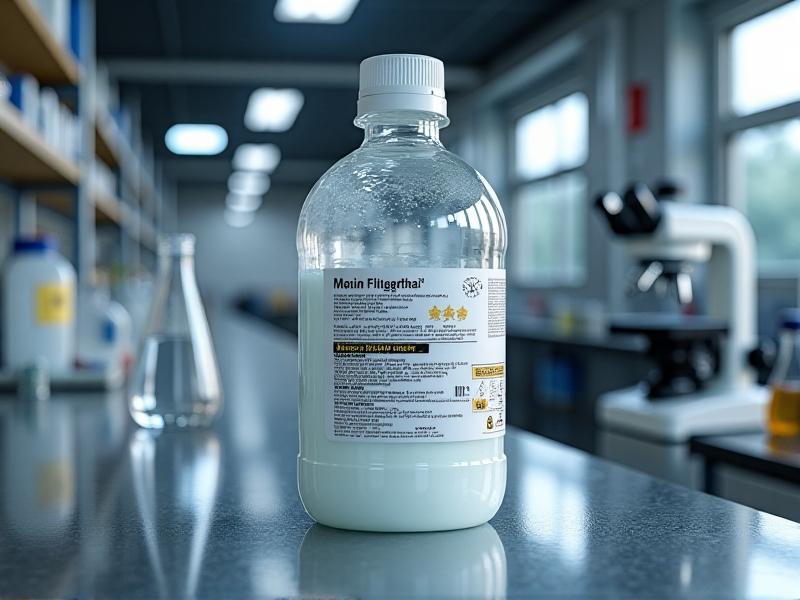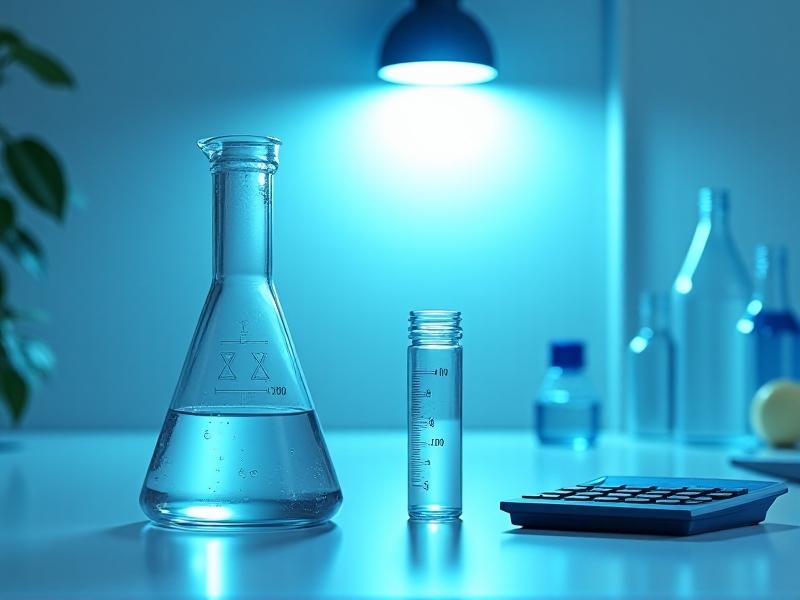Hydrostatic Pressure & Dopamine Absorption
Understanding Hydrostatic Pressure: The Basics
Hydrostatic pressure is a fundamental concept in physics and fluid mechanics, describing the pressure exerted by a fluid at equilibrium due to the force of gravity. This pressure increases with depth, as the weight of the fluid above exerts a greater force. In biological systems, hydrostatic pressure plays a critical role in maintaining homeostasis, influencing processes such as blood circulation, cellular function, and even the behavior of neurotransmitters like dopamine.
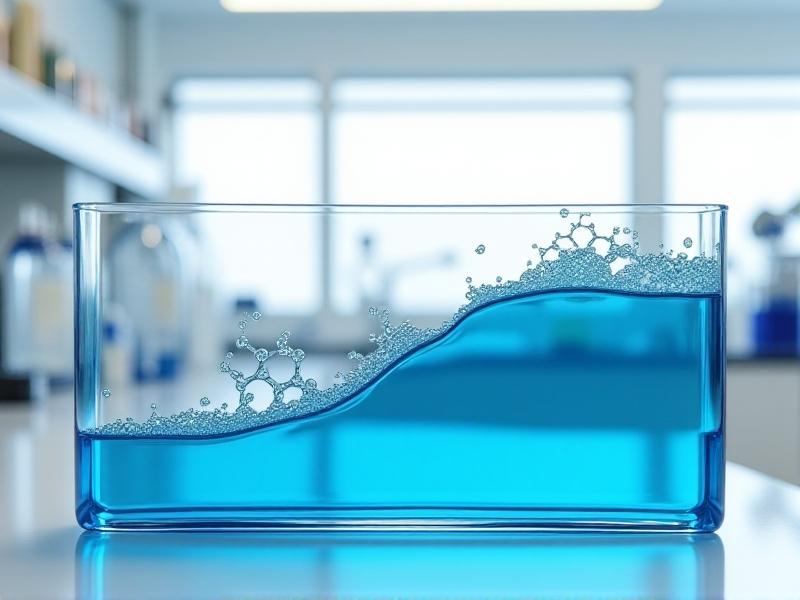
The Role of Dopamine in the Brain
Dopamine is a neurotransmitter often referred to as the "feel-good" chemical due to its role in reward, motivation, and pleasure. It is also involved in regulating movement, memory, and attention. Dopamine absorption, or the process by which dopamine is taken up by neurons, is crucial for maintaining balanced brain function. Disruptions in dopamine absorption can lead to neurological disorders such as Parkinson's disease, schizophrenia, and addiction.
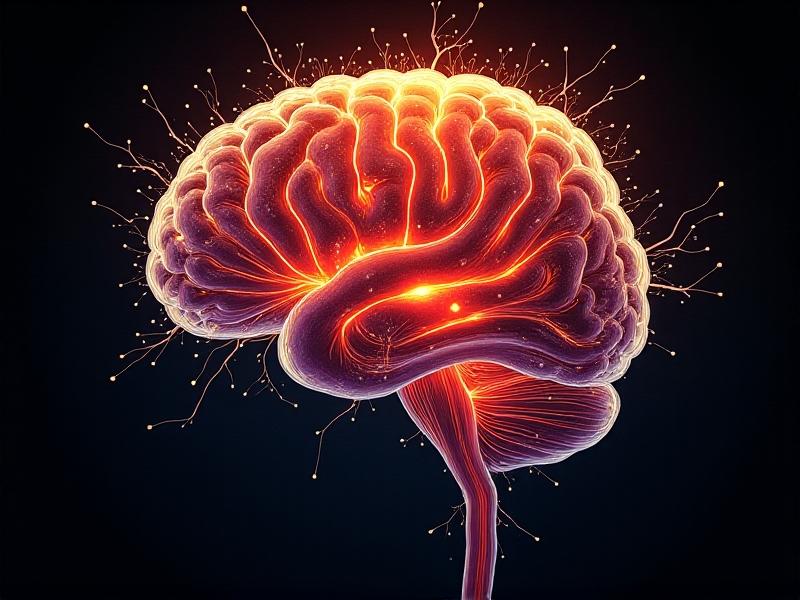
Hydrostatic Pressure and Cellular Function
At the cellular level, hydrostatic pressure influences the movement of fluids and nutrients across cell membranes. This pressure gradient is essential for processes like osmosis and diffusion, which ensure that cells receive the necessary resources for survival. In the context of dopamine absorption, hydrostatic pressure may affect the efficiency of neurotransmitter transport, potentially altering brain function and behavior.

Exploring the Connection: Hydrostatic Pressure and Dopamine Absorption
Recent research has begun to uncover the potential link between hydrostatic pressure and dopamine absorption. Studies suggest that changes in pressure may influence the release and uptake of dopamine in the brain. For example, increased pressure could enhance dopamine absorption, leading to heightened feelings of reward and motivation. Conversely, decreased pressure might disrupt this process, contributing to mood disorders or cognitive impairments.
Implications for Neurological Disorders
Understanding the relationship between hydrostatic pressure and dopamine absorption could have significant implications for treating neurological disorders. For instance, therapies that modulate pressure in specific brain regions might help restore dopamine balance in patients with Parkinson's disease or addiction. Additionally, this knowledge could inform the development of new drugs or interventions that target pressure-sensitive pathways in the brain.
Future Directions in Research
While the connection between hydrostatic pressure and dopamine absorption is still in its early stages of exploration, it holds promise for advancing our understanding of brain function. Future research could focus on identifying the molecular mechanisms underlying this relationship, as well as exploring its potential applications in medicine and neuroscience. By bridging the gap between physics and biology, this field of study may unlock new avenues for improving mental health and well-being.



